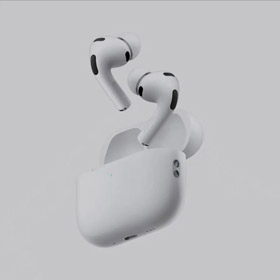Tapping into the luxury resale market through platforms like Hoobuy, when importing high-end fashion like Gucci, requires flawless organization. By leveraging a Hoobuy spreadsheet, buyers can maintain precision and streamline their bulk order processes while mitigating shipment risks. Below is a breakdown of leveraging spreadsheet tools for error-proof Gucci order tracking.
Key Columns to Structure Your Hoobuy Gucci Order Template
- Product Model/Code: Gucci’s alphanumeric item IDs (e.g., 408223 KJ9X1)
- Color Variant: Log specifics like "GG Marmont Beige" or "Dionysus Black"
- Base Price (¥): Original seller’s listed amount in Chinese Yuan
- Seller Credentials: Store name, Hoobuy rating, and contact details
Data Validation: Eliminating Costly Entry Errors
Configure dropdown menus for:
- Predefined Gucci models to prevent typos
- Hex color codes or Pantone values for exact shade matching
- Currency-formatted cells to auto-convert ¥ to USD/EUR
Pro Tip: Lock seller info columns post-verification to avoid accidental overwrites during updates.
Automated Cost Calculations for Transparent Budgeting
Embed formulas to factor:
| Cost Component | Sample Formula |
|---|---|
| Consolidated Shipping | =BasePrice*0.15 (15% volumetric weight fee) |
| Import Duties | =IF(Total>500, Total*0.21, 0) (EU 21% VAT threshold) |
Visual Management with Conditional Formatting
Apply color scales to:
- Highlight orders exceeding ¥15,000 in red
- Flag expedited shipments in green
For time-sensitive Gucci launches, pivot tables can prioritize orders by cut-off dates, while frozen panes keep headers visible during horizontal scrolling.
Final Step: Data Export for Batch Processing
Save the finalized spreadsheet as a .csv file



















